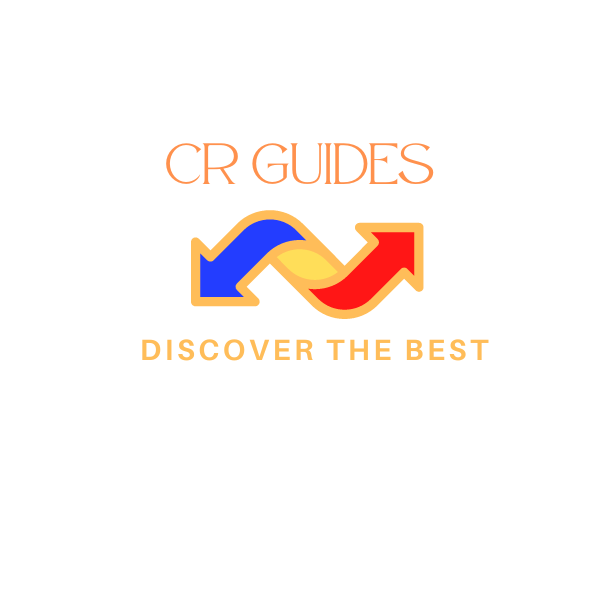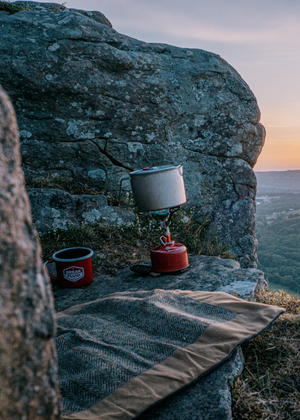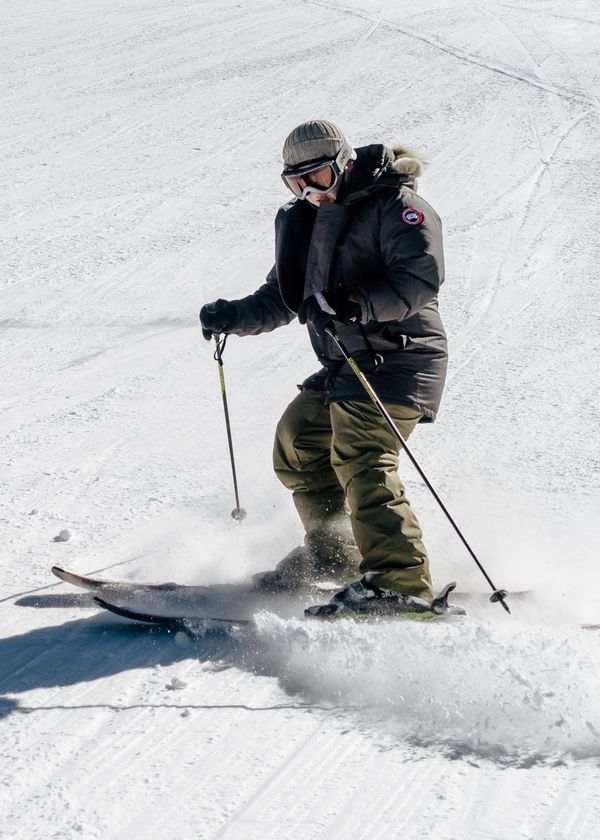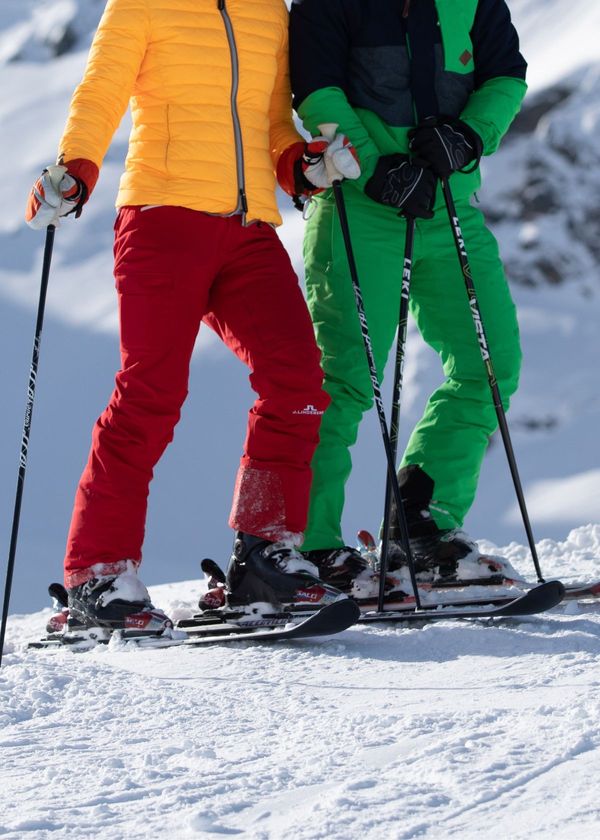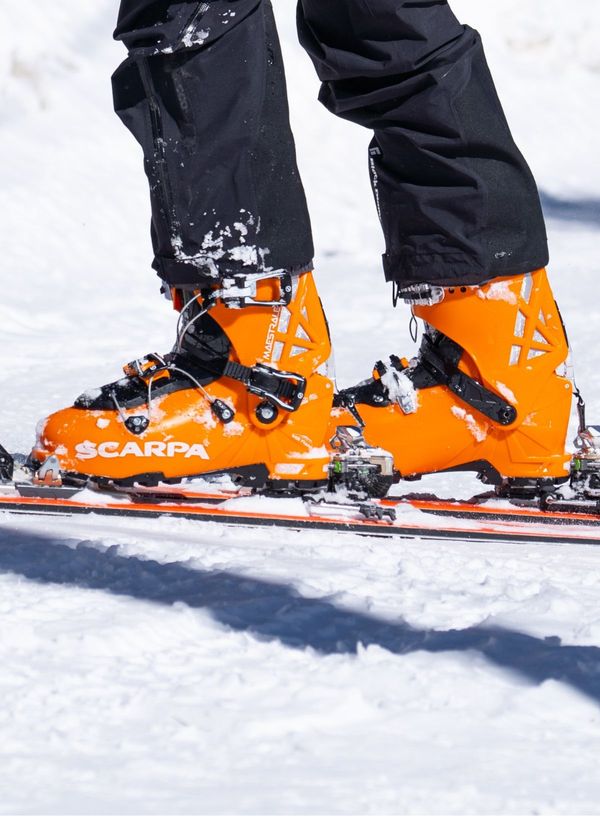There's nothing more satisfying than getting down the mountain and slipping straight into that quiet paradise known as powder.
But before you can enjoy your day, there are some things to consider like what type of snowboard will work best for me and my style?
And how do I know if it fits correctly without trying on every single model out there!
Well luckily we're here - introducing The Beginner‘s Guide To Finding Your Perfect Snowboards!
When it comes to picking out a new snowboard, there are many considerations for beginners.
From the type of board, the right size and shape, to fitting bindings and boots, the process can be overwhelming.
To get started on your path to shredding, here are five important points to consider when selecting a snowboard suited for beginners:
1. Size:
When it comes to finding the right snowboard size, there are a few key measurements you'll want to keep in mind.
- Your weight and size are first and foremost - heavier riders should opt for a longer board, which will give them more stability when carving or landing jumps.
- Lighter riders can get away with a shorter board, allowing for easier turns and rotations.
Once you've determined the length of the board, width is another factor that shouldn't be overlooked.
- If you're looking for easy maneuverability on-piste (slope), then go for a narrower board; wider boards are best suited for riding powder off-piste.
Generally speaking, those with bigger feet (men over 11, women over 9) should choose boards at least 25cm+ wide.
With these guidelines in mind, finding your perfect snowboard size shouldn't be too tough! Equipped with the right board size and style of riding, there's nothing stopping you from getting out on the slopes and taking your snowboarding game to new heights.
2. Shape:
The shape of a snowboard refers mainly to its nose and tail profiles along with its sidecut radius, allowing riders to pick up on subtleties that best fit their individual style.
- Entry-level riders have more options than ever before – including fuller noses and tails designs which offer more floatation and stability when making those all important turns.
- All-mountain boards remain the most popular choice for beginner snowboarders as they combine an equal balance of directional strength and versatility across all terrain types - so you can hit the slopes with confidence knowing that your new board has got you covered wherever your ambitions take you!
3. Flex:
For beginner snowboarders, selecting the right flex rating for their board is important to ensure they get the most out of the experience.
- Soft flexing boards, with a flex rating ranging from one to three, are recommended for lighter riders as these boards offer lots of maneuverability and playfulness when popping off features due to their softer flex ratings allowing them to take full advantage of their lower body weight.
- Heavier riders, meanwhile, may prefer a medium-soft or stiffer board which provides greater response at higher speeds along with additional stability and control.
- Stiffer boards powered by large surface areas provide power and stability while turning or carving down groomers at high speeds – an especially important factor for heavier riders who often want increased control over their speed.
In short, selecting the right snowboard flex rating has a lot to do with comfort level and riding style.
By considering factors such as rider size and riding style preference, beginner snowboarders will find that they can quickly find an optimal balance between being able to maneuver easily or carve smoothly on steeper slopes.
4 . Bindings:
If you’re an aspiring snowboarder, then bindings are a crucial component of your kit.
After all, they’re the only physical link that tethers you to your board!
When it comes to selecting bindings, there are two main types: strap and step-in.
- Strap bindings offer excellent all mountain performance as well as superior adjustability and flexibility compared to their step-in brethren. One of the advantages of strap bindings is that they allow for greater customization than with other styles – from the size and number of straps, to the amount of cushioning and even the material used in construction.
- Step-in bindings, on the other hand, are incredibly convenient – ideal for those who want quick transitions at the expense of performance – but their compatibility with some boot sole materials limits their versatility overall.
For most entry-level riders looking to progress quickly while also taking advantage of today's popular boot materials, strap bindings are typically recommended.
Not only do they offer superior support, but they’re also incredibly adjustable and make a great foundation for mastering more complicated moves as you develop your skills in snowboarding over time!
5 . Boots:
When selecting the perfect snowboard to take down hill, most people focus primarily on finding the right board. As important as it is to find a board that meets your riding style and needs, choosing the right pair of boots can be just as essential.
Knowing which type of boot best suits you depends largely on what kind of riding you'll be doing;
- for park or free-riding enter a softer boot might be preferable
- those who take part in more strenuous tasks such as racing may prefer a stiffer boot for added protection and response.
Comfort aside, having the proper fit allows you to have greater control over your board, providing you with increased confidence as well as increased safety when navigating tight turns or taking big airs!
6 . Safety Gear:
Ultimately, having these pieces of equipment will give you peace of mind and allow you to really enjoy your time on the slopes.
- A helmet is absolutely mandatory when snowboarding — so instead of looking at this as an added expense, look at it as an opportunity to get a great-looking lid that will make your ride safer and more enjoyable.
- You should also invest in wrist guards/hand protectors and back protectors. While these items may help minimize discomfort in case of an unexpected fall, they can also provide essential support — especially when trying out tricks in the park!
So make sure to pick up some safety gear today - it's a worthwhile investment and could be the difference between having a safe and fun ride or risking injury! Ride safe!
It’s important for beginners to take the time to select the right snowboard that will help them progress in their skills.
With so many different shapes, sizes, and features available, it can be overwhelming trying to choose the perfect one.
However, by understanding what type of board best suits your style and skill level, you’ll be able to make a selection with confidence. Once you have your new board take a lesson and learn how to snowboard before hitting the slopes!
Ready to find your beginner-friendly dream board?
Tap the button below to discover the best boards on the market today!
Thanks for Reading!
and
Happy Snowboarding!
